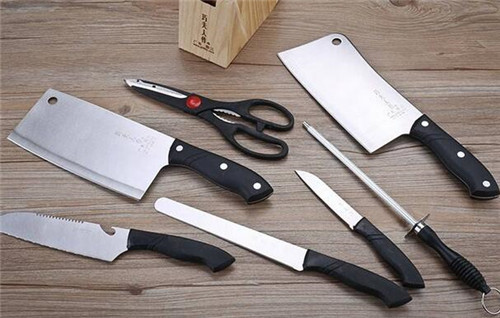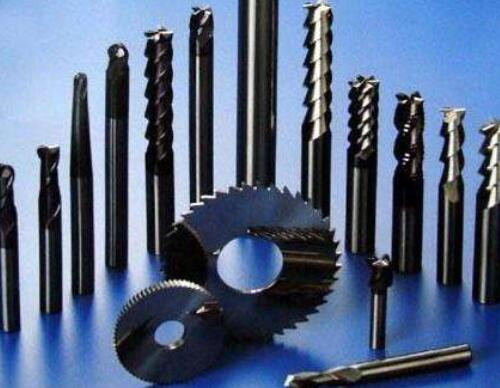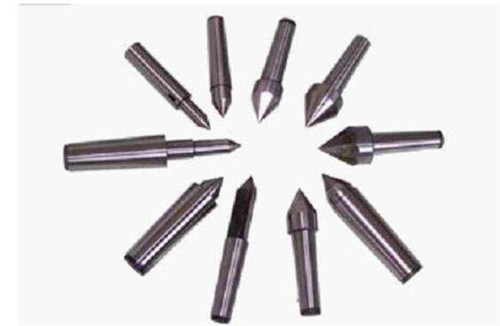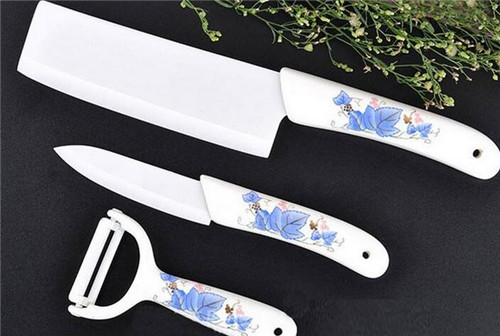In ancient times, people could start using knives to cut food. After thousands of years of development and evolution of cutting tools, the technology has been very mature, and the tool materials have also shown diversity. What are the types of tool materials now? Today Xiao Bian introduced the common five kinds of tool materials to everyone and looked forward to helping friends in need.
What are the types of tool materials?

The most common tools on the market today are made of steel. These tools are made of stainless steel. Nowadays, the tools that people use in the cooking room are basically such materials. In the manufacturing process, such tools generally use emulsion to cool steel tools. Its heat-resistant temperature range is between two hundred degrees Celsius and three hundred degrees Celsius. between.
What are the types of tool materials?

The common tools available in the market are high-speed steel tools, which are very different from steel tools. It is a tool made of alloy steel. High-grade alloy steel is generally made of chromium, nickel, tungsten, molybdenum, vanadium. It consists of several chemical components. Its highest heat resistance is two to three times that of traditional steel tools. High-speed alloy steel cutters are generally used in a wide range of industries. High-speed steel cutters can often be seen in industrial components with a wide variety of geometric shapes and processes that require high requirements for continuous cutting.
What are the three types of tool materials?

If you want to buy a cutting tool that can withstand high temperatures, you can consider carbide tools. This type of tool is a type of tool that can be used to cut a tool. Its heat-resistant temperature can reach a maximum of 1,000 degrees Celsius. Hardness and toughness are higher than high-speed steel tools by more than one grade, and it is far more wear-resistant than high-speed steel tools. Its constituent raw materials are tungsten carbide (WC), titanium carbide (TiC), tantalum carbide (TaC) and 5-10% cobalt.
What are the four types of tool materials?

Currently, there are many kinds of knives in the market, some of which are suitable for home use, and others are suitable for use in factories. For example, ceramic cutting tools, the degree of toughness and temperature tolerance of these tools are on the carbide cutting tools, the main component is alumina and carbide and some metals are burned in ultra-high temperature environment. Since it has a very high temperature resistance and wear resistance, it is mainly dry cutting methods used in industrial cutting.
What are the five types of tool materials?
In addition to the above tools, there is a class of diamond tools that are diamond-coated. It can be used to process high-density glass fibers and carbon fibers, and its life is 70 times that of acoustic alloy cutting tools. The disadvantage of diamond tools is that the diamond coating is relatively easy to fall off and cannot be effectively predicted.
The above is the small series about the types of tool materials and common five kinds of tool materials related to share, for everyone to do reference! Everyone should choose the right tool material according to the actual use needs. If you have more related questions, welcome to continue to pay attention to Qijia Information. We will provide more exciting content for you later.
Pneumatic valve is a kind of valve controlled by air pressure, which is widely used in industrial automation control system. Its main applications include the following aspects:
1. Fluid control: pneumatic valve can be used to control the flow and direction of liquid or gas, such as controlling the flow in the pipeline, exhaust gas emission, etc.
2. Pressure control: pneumatic valve can be used to control the pressure of fluid, such as controlling the pressure of compressed air, regulating the pressure in the hydraulic system, etc.
3. Temperature control: pneumatic valve can be used to control the temperature of fluid, such as the temperature of heating or cooling system.
4. Automatic control: pneumatic valve can be linked with sensors, PLC and other equipment to realize automatic control, such as automatic production lines, robots, etc.
5. Safety control: pneumatic valve can be used for safety control, such as controlling emergency stop, preventing overload, etc.
In general, pneumatic valve plays an important role in industrial automation control system, which can improve production efficiency, reduce costs, and ensure safety.
Pneumatic Valve,Pneumatic Valve Types,Pneumatic Control Valve,Pneumatic Actuator Valve
WUXI KVC-VALVE , https://www.kvgatevalve.com